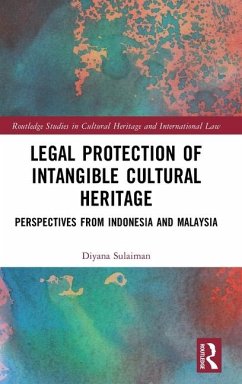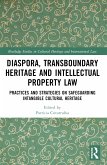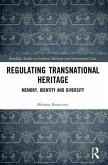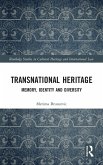The book examines whether the protection of Intangible Cultural Heritage (ICH) by Indonesia and Malaysia upheld the interests of the various communities from which the cultural heritage originates, and whether the laws recognise that cultural heritage is often shared with other states and communities.
The legal classifications of various indigenous communities and the interpretations of 'indigeneity' in the two countries have presented problems in the context of ICH protection. The state is regarded as holding the intellectual property rights for some forms of ICH and this also posed problems in the implementation of the laws to protect the communities' ICH. This book employs a community-based perspective and adopts a multidisciplinary approach in exploring questions of the rights to and benefits of heritage.
This book will be useful for students, academics and policy makers with an interest in international law, heritage and intellectual property rights.
The legal classifications of various indigenous communities and the interpretations of 'indigeneity' in the two countries have presented problems in the context of ICH protection. The state is regarded as holding the intellectual property rights for some forms of ICH and this also posed problems in the implementation of the laws to protect the communities' ICH. This book employs a community-based perspective and adopts a multidisciplinary approach in exploring questions of the rights to and benefits of heritage.
This book will be useful for students, academics and policy makers with an interest in international law, heritage and intellectual property rights.








